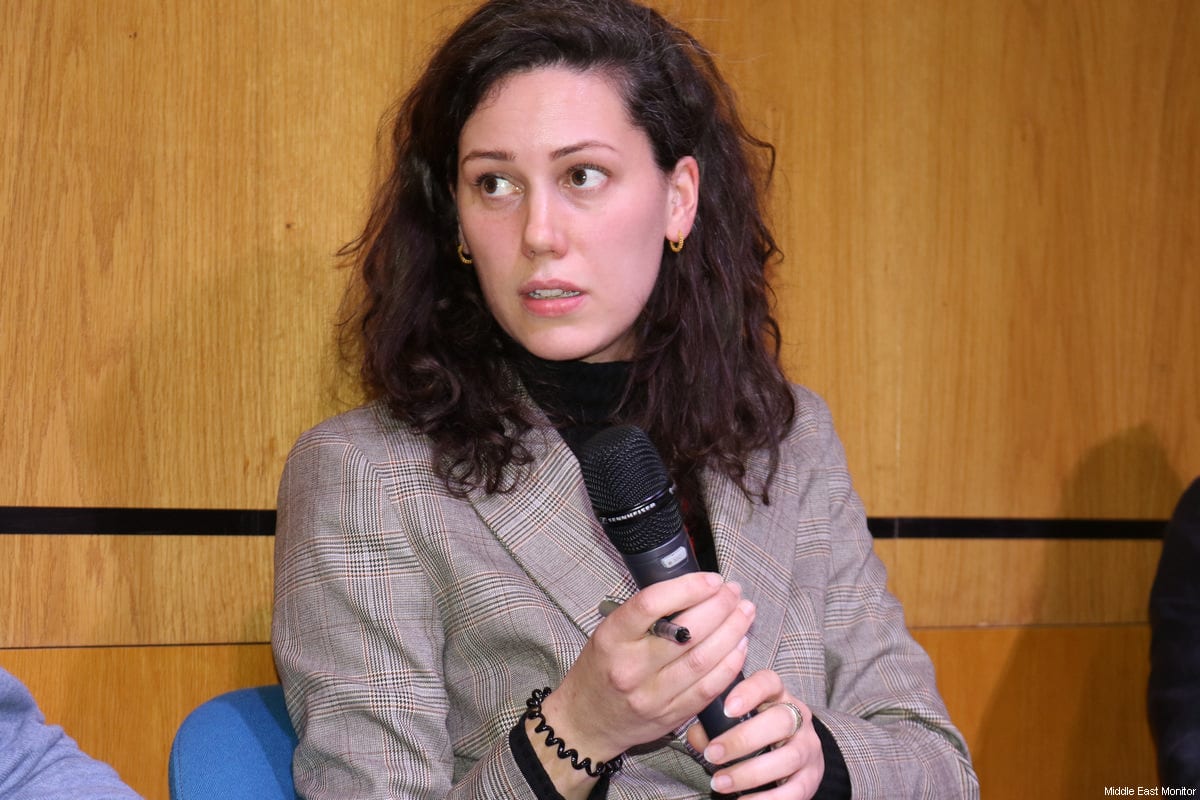Abdul Basset Saroot, goalkeeper of the Syrian national youth football team turned armed opposition fighter, is now classed as a terrorist by Bashar Al-Assad. The army raided his neighbourhood to find him, killing his older brother and destroying his family home when they refused to surrender.
Once named Asia’s second best young goalkeeper, a new documentary Return to Homs follows Basset’s story as he animates a crowd of peaceful protestors in the early days of the conflict to when he shows Ossama – cameraman and media activist – around a family home now destroyed by mortar shelling, pointing out makeshift firing holes through which to aim a gun and fight the regime.
And so, in three years Basset’s life has come to represent stolen chances, enforced choices and a life he may never have predicted living; a microcosm for many Syrians today who have found themselves in the heart of this protracted conflict. It is also a tale of despair and being driven towards arms as the fighting becomes more and more relentless. “Our previous dreams are behind us now” says Basset.
Return to Homs made its US debut at the Sundance Film Festival in January where it picked up the World Cinema Jury Prize; it will be screened next month as part of the Human Rights Watch Film Festival in London and for its UK premiere. It offers a personal, first hand and intimate account of the conflict in contrast to the depictions of Syria typical of news reports.
The documentary cost $300,000 to produce, parts of which came from European grants; Sundance waived the entry fees as director Talal Derki and co-producer Orwa Nyrabia didn’t have credit cards to pay the online registration fees. Actual filming was also not without obstacles. Due to a shortage of electricity, filmmakers recharged their equipment on car batteries and portable gas generators – when they had filmed, footage was hidden and smuggled out of the country.
In one scene groups of men congregate on a street corner, talking; others rebuild a central reserve. For a while it seems that normal life continues in the midst of chaos, until the sound of gunfire from snipers placed on government buildings propels two cyclists off into the distance and a huge tank rolls down the road.
The story unfolds in the old city of Homs, ‘The Capital of the Revolution,’ named as such after the bravery of the protestors there who stood up to the tanks and teargas sent by the regime. But the city has been under siege for over 18 months now, surrounded by troops who let little humanitarian aid pass and where entering or leaving is impossible.
Many of its residents have been internally displaced or forced out of the country into camps, and around 40,000 have been detained over this period. Since the start of the uprising in 2011, 15,000 people have been killed in this city alone and two thirds of the entire place been destroyed. Returning to their city, Homs, is a dream for many.








